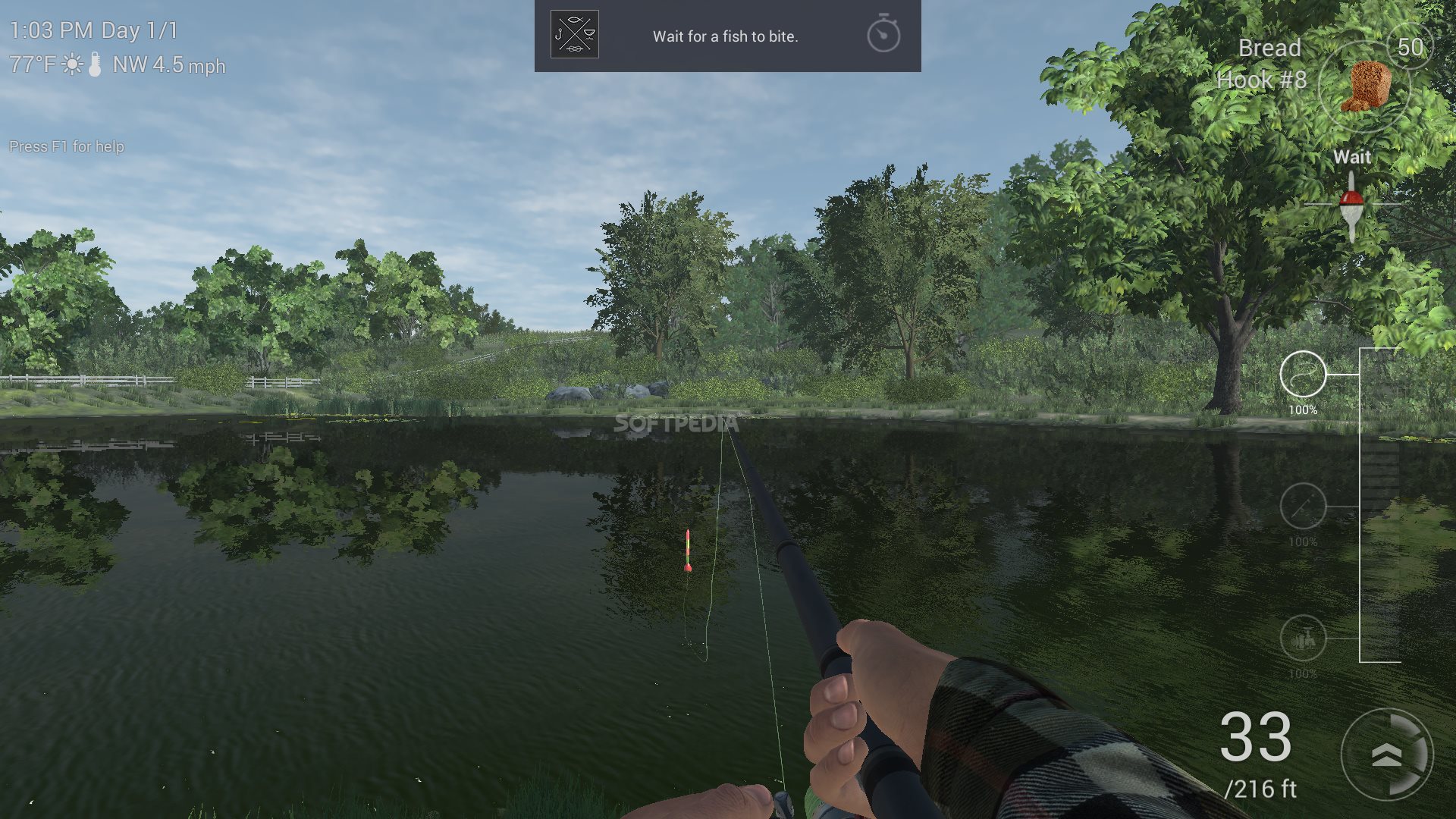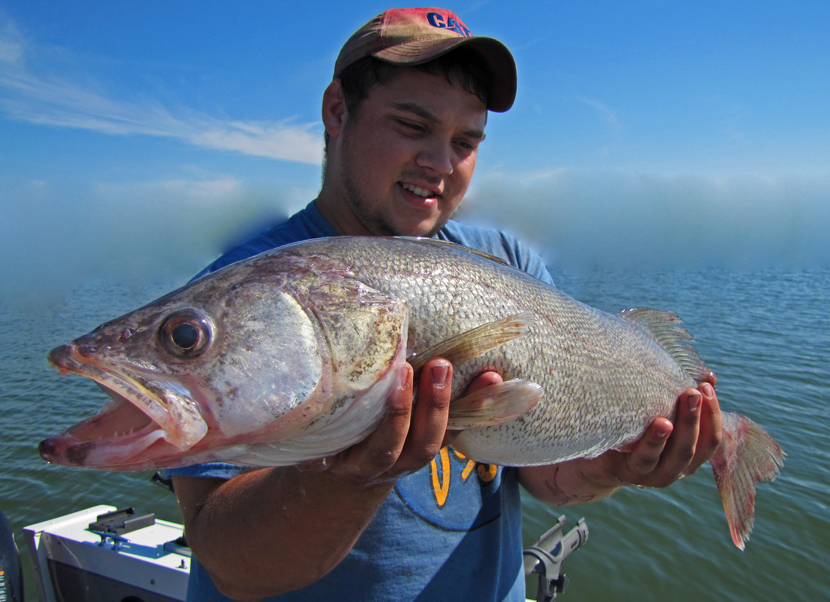


".It covers 70% of our oceans, so it's very hard to get accurate, good amounts of accurate data on the biodiversity in these ecosystems." "Oceans are severely under pressure from overfishing, from pollution, from climate change, and we know fairly little about them," Guggenheim said.

The team hopes that their device will make ocean exploration safer for the living things that reside within. At that point, the filter needs to be emptied and the batteries need to be replaced. Guggenheim explained that the device can't connect to radio frequencies, so when it swims to the surface after about two hours of data-gathering, it emits a GPS signal that tells researchers where to pick it up. And much like a real fish, this one must also be found and caught when it's time to reel it in to go home.


 0 kommentar(er)
0 kommentar(er)
